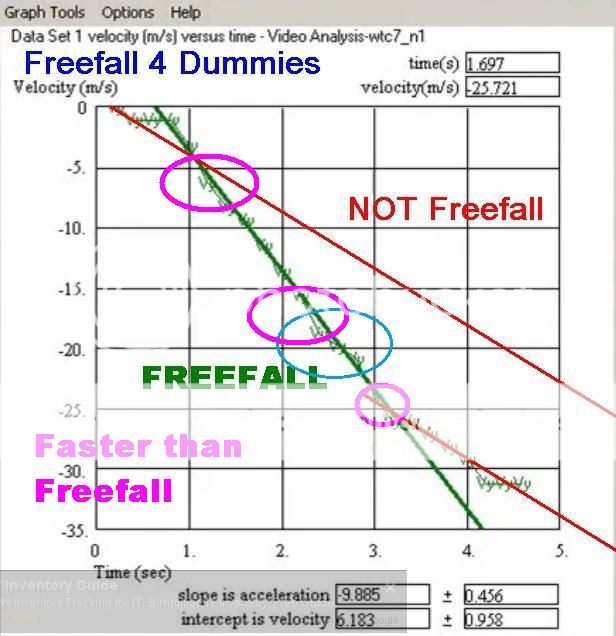2 Answers
For examples of where the laws of Newton are no longer sufficient to describe reality, see the wiki page here. But we don't have to go to extremes like near-c velocities or strong gravitational fields to see that there are some situations where the laws of Newton seem to fail.
Consider an airplane taking off. You can feel yourself being pushed back into your seat, so you are experiencing a force (that is not gravity). However, you remain at rest w.r.t. the coordinate system fixed to the airplane. So the first law of Newton seems to fail: we are at rest, so there is no acceleration and yet a force is exerted on us. When the airplane is traveling at a constant speed on a constant height, however, we feel no force (except for gravity) and the first law seems OK again.
A simpler example still is that of a carousel. When we stand on the carousel we are at rest w.r.t. a coordinate system fixed to the carousel, but we do experience a force trying to push us outward. This again seems to contradict the first law of Newton.
Note that both coordinate systems where the laws seemed to fail in these examples were systems that had a non-zero acceleration themselves. The conclusion is that Newton's laws only seem to work when considered in a non-accelerating reference frames, which we call inertial frames of reference. The forces we feel when we consider a non-inertial frame of reference are called fictitious forces (because they do not arise due to a physical interaction but due to the fact that the reference frame has a finite acceleration) and the wiki page on those has the same example of the carousel that I mentioned, only worked out in more detail (here).
Inertial frames of reference have to be carefully defined. Take, for example, the frame of reference fixed to a lab on earth. When considering most everyday motions, we can use this frame as a good approximation of an inertial frame, despite the fact that the earth is rotating and therefore giving the lab a finite acceleration. However, if we want to describe motions that are a direct consequence of this finite acceleration (such as the deviation to the east of falling objects), we need to find a better frame of reference.
A good question to ask is then: do inertial frames even exist? And the answer is: yes, at least in Newtonian dynamics. I believe this still holds in special relativity but things change when we go to general relativity, though I haven't had any courses on GR yet so I can't be 100% sure.
Newton's second laws are no longer a good approximation to reality for very small systems (like atoms) where quantum mechanical effects become significant, and for certain very large systems where the effects of general relativity become significant. They are no longer a good approximation for at least two reasons:
1.The mathematical model of the physical world in which every system is considered a system of particles that move along well-defined trajectories in three-dimensional space itself breaks down (like in quantum mechanics where the state of a system is described by a vector in a certain space called a Hilbert space).
2.The predictions of Newton's second law no longer hold to sufficient precision in some systems. A famous example is that Newton's law of gravitation coupled with Newton's laws incorrectly predicts the amount which the perihelion of Mercury processes.
newtonian mechanics - Are there any exceptions to Newton's laws? - Physics Stack Exchange




